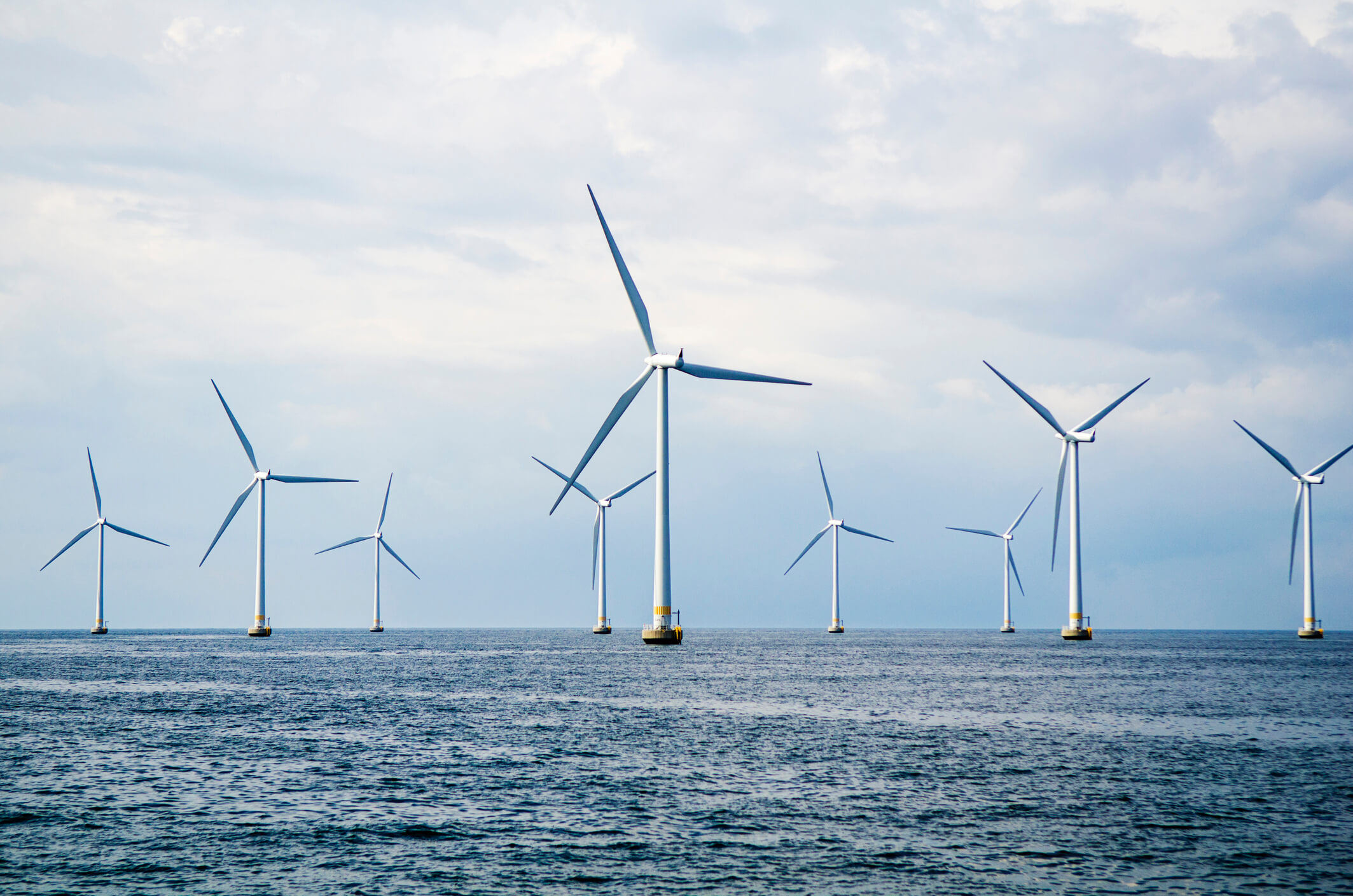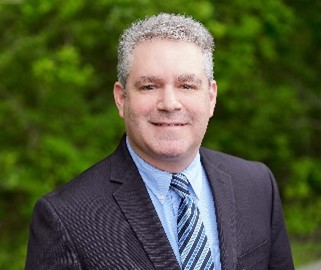As more of the world turns to renewable energy sources, offshore wind projects have emerged as a promising solution to meet growing energy demand while reducing carbon emissions. However, successfully navigating the many complexities of offshore wind development requires a keen understanding of regional dynamics and challenges. In this article, we plunge into the multifaceted landscape of offshore wind, exploring key regionally based factors such as the offshore environment, grid infrastructure, legislative landscape and coastal factors. By examining these characteristics, we aim to provide insights that empower developers to navigate the offshore wind market effectively and sustainably.
Related Services
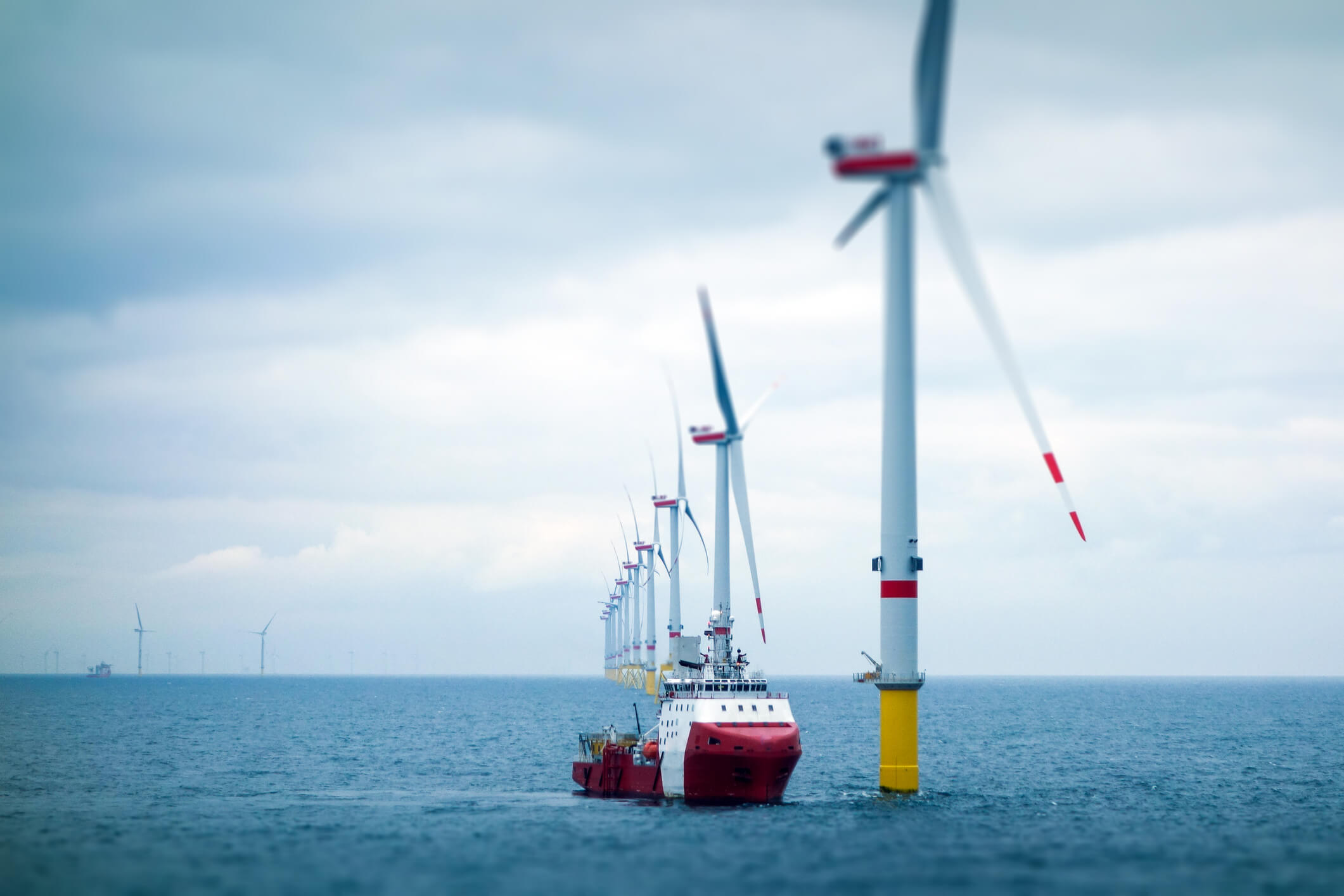
Offshore Environment
The ocean floor brings many diverse challenges for offshore wind developers. From shipwrecks to unexploded ordinances and natural features, such as geological formations, each region presents its own set of obstacles. Another regional characteristic is shipping activity, which must be accounted for while conducting surveys and other required activity. For example, New York and New Jersey ports, handling over 7.4 million containers annually, have a unique set of challenges in surveying compared to other less frequently travelled oceanic routes. In regions like the Mid Atlantic, the availability of usable lease area for offshore wind development is often greater due to lower probabilities of encountering manmade obstructions. Survey data plays a crucial role in determining the usable extent of lease areas, with fewer obstacles facilitating smoother development processes. Having a trusted partner who understands these regional factors is crucial for effective project surveying, planning and execution. Those with regional familiarity not only understand what to expect beneath the surface but also know the best approaches to handling these obstacles, whether it involves building around them or carefully removing them.
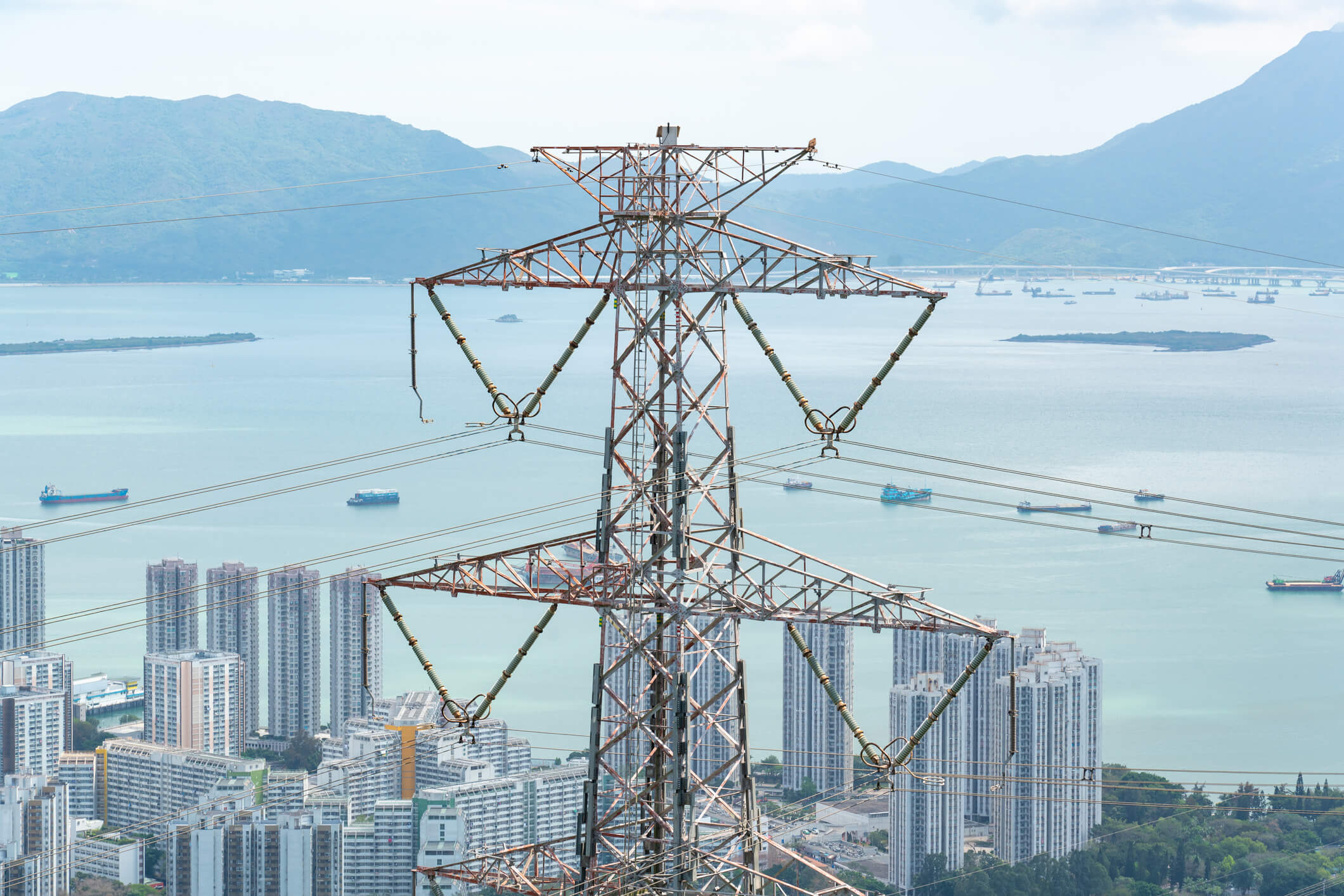
Grid Infrastructure
Developers face the daunting challenge of connecting their projects to the existing grid infrastructure which was not originally built to accommodate offshore wind projects. For example, the Mid-Atlantic region lacks robust electrical infrastructure along its coasts, presenting a significant challenge when looking to connect power coming from offshore. Unlike the Northeast, where industrial infrastructure is more prevalent, the Mid-Atlantic coastline is primarily devoted to tourism, limiting options for new infrastructure. Coastal communities often resist new developments, complicating efforts to connect offshore wind projects to inland infrastructure.
Amidst these challenges, developers who work with regional experts can minimize the disruptions associated with traditional land-based transmission lines. Environmental teams who leverage advanced technologies and methods to minimize impact must also incorporate best practices to ensure projects comply with federal, state and local regulations while aligning with community expectations. Consider the case of New York City, where the densely populated urban landscape does not allow for land-based transmission projects. Offshore transmission provides a compelling solution, avoiding the need to disrupt neighborhoods with extensive new infrastructure. Applying the same approach to offshore wind, transmission lines go deep beneath the beaches and populated coastlines to their interconnection points with limited disturbance to populations on the coastline.
Coastal Use and Community Engagement
Coastal regions serve diverse purposes, ranging from industrial ports and commercial fishing to scenic tourist destinations. When it comes to offshore wind development, balancing progress with preserving coastal beauty becomes vital.In the Mid-Atlantic, where tourism is the main use of coastlines, the visual impact of offshore wind farms takes center stage. Unlike the mainly industrialized coastlines of the Northeast, where wind farms can blend into the urban landscape, the Mid Atlantic’s pristine shores demand a more delicate approach.
Visual Impact Assessments are a crucial tool to overcome these challenges. Through meticulous photography and simulation, the visual footprint of wind farms can be minimized. By strategically aligning turbines and simulating different weather conditions, developers can ensure that only the front turbine is visible from the shore, preserving coastal scenic views while harnessing clean energy.
The commitment to community engagement does not stop there but extends to public information sessions with expert-led presentations to help facilitate open discussion between developers and coastal communities. These sessions serve as both educational forums and listening exercises, ensuring that public concerns are heard and addressed throughout the project’s lifecycle. Each region has unique environmental, regulatory and community concerns. In the Mid-Atlantic region, understanding this is crucial due to specific coastal and environmental challenges. Unlike federal regulations, which are broader and more uniform, regional and local regulations can vary significantly. Navigating regional differences requires expertise in local environmental conditions, regulatory landscapes, and community dynamics. TRC’s experience in the Mid-Atlantic region is especially valuable, given the region’s complex mix of environments, coastal settings, and state specific regulations and permitting requirements. In essence, our approach to coastal use and community engagement is about more than just mitigating impacts; it’s about fostering collaborations and understanding.
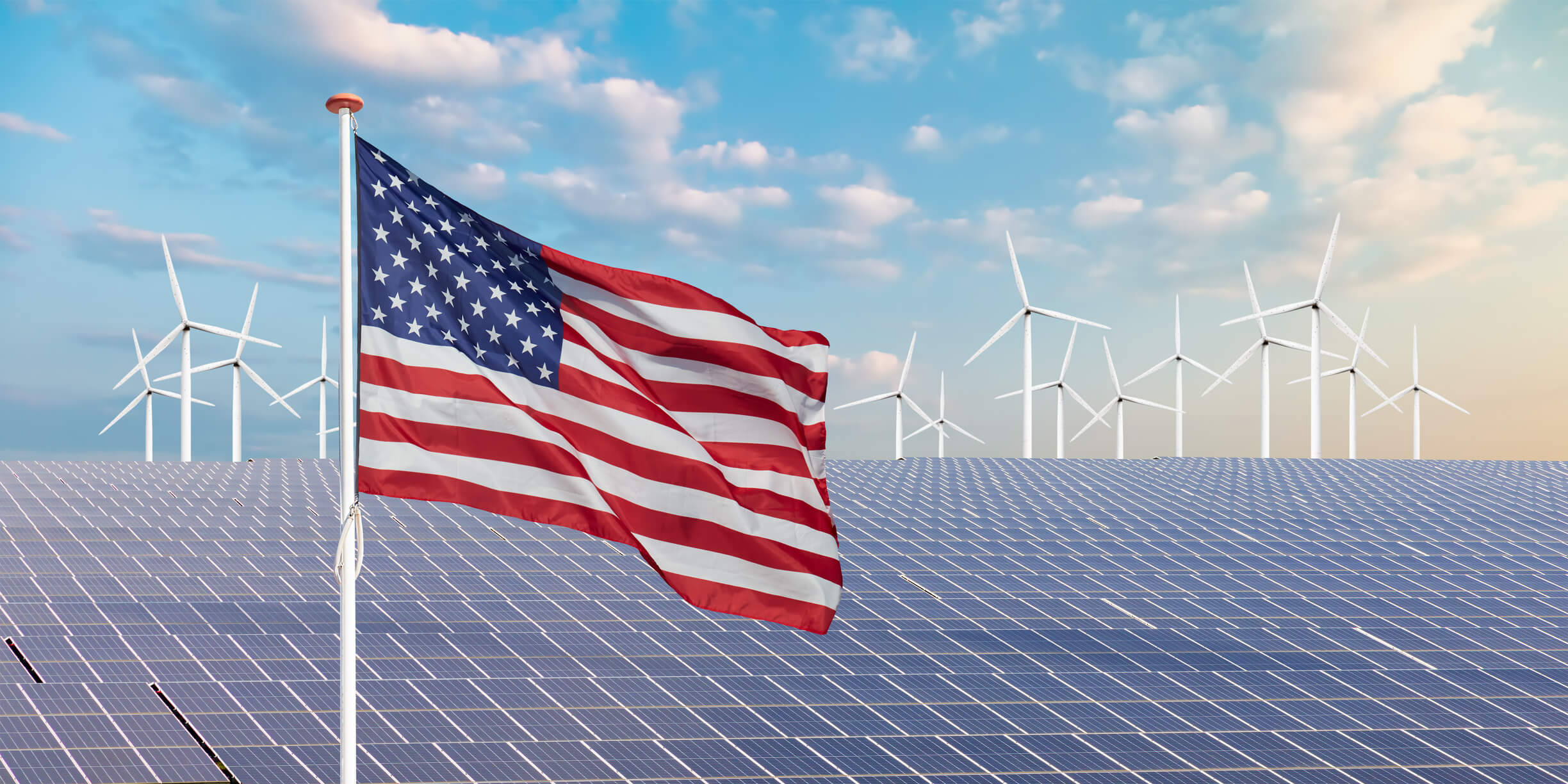
Legislative Landscape
The legislative landscape holds considerable sway over the trajectory of offshore wind projects. While everyone is affected by the federal landscape, state and local levels have their own unique circumstances that require careful consideration. Depending on the progressiveness of each state, governors often set ambitious offshore wind goals, signaling a commitment to renewable energy generation. For instance, Maryland’s pledge to achieve 8.5 gigawatts of offshore wind power by 2031 underscoring the state’s dedication to clean energy initiatives. Ambitious goals trickle down in the form of tax incentives and other aspects that benefit developers in the region. Utilizing those with expertise and experience in the region can be vital to ensuring maximum benefits are captured in the progression of a project.
Goals and commitment sripple through state and local agencies, driving efforts to support and advance offshore wind projects. The level of government support directly influences the pace of project advancement, as developers rely on incentives and funding mechanisms to finance their endeavors. Ultimately, the success of offshore wind projects hinges on collaboration between developers and government entities. Working with a partner who has established relationships through prior engagements with state and local governments, as well as other local stakeholders, significantly reduces the need for multiple submittals and helps developers stay on schedule.
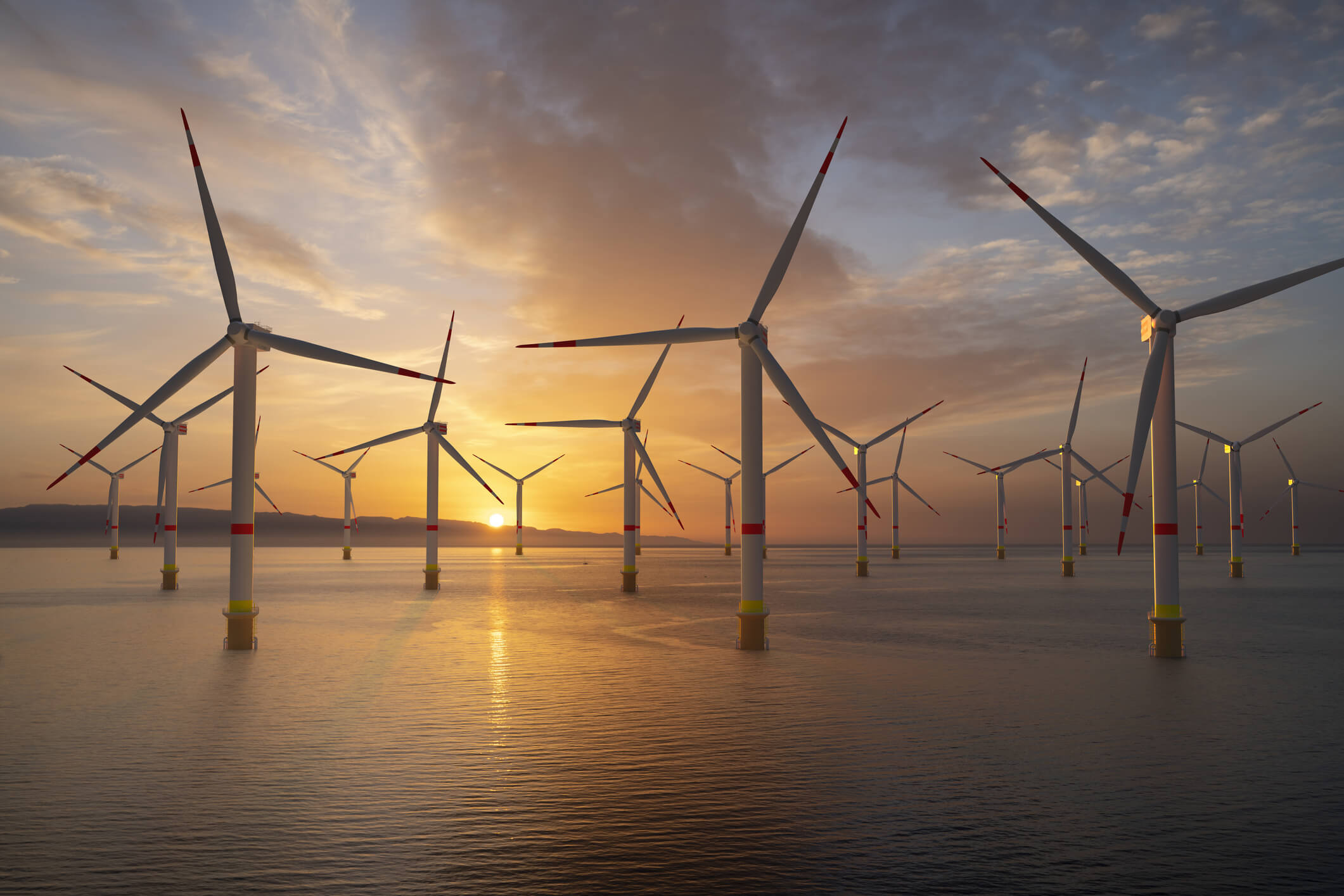
Why TRC?
At TRC, we recognize the importance of proactive engagement and stakeholder consultation for the success of renewable energy projects. Through over two decades of work in the offshore wind market, we have extensive experience partnering with developers, installers, OEMs, and other stakeholders in navigating offshore environments with permitting, environmental, and engineering solutions to successfully develop, construct, and operate offshore wind farms. Our expertise extends beyond technical solutions to encompass public relation strategies and community outreach efforts. Through visual impact assessments and expert-led communication, we help clients navigate the complex landscape of coastal use and community sentiment.
As developers lead the charge towards a renewable energy revolution, a trusted partner is required who shares their vision and possesses the expertise to navigate the complexities of offshore and onshore transmission. TRC stands ready to support developers in their quest to harness the power of offshore wind, offering tailored solutions that empower them to achieve their goals and make a lasting impact on the world.
Our experience with both onshore and offshore cable routing and design uniquely positions us to tackle these challenges. With over 20 years of experience in offshore transmission, we understand the constraints and complexities. Our experience extends beyond offshore wind permitting to encompass power and utility operations. Additionally, TRC’s role extends beyond technical expertise as we provide essential support to our clients to maintain project development schedules and achieve business goals . By aligning with the renewable energy goals of the federal government and state governments and providing necessary technical insights, we empower developers to navigate regulatory hurdles and help bring much needed large scale renewable energy projects such as offshore wind projects to fruition.

